Here are our homeschool curriculum picks for First Grade for the 2020-2021 school year.
Many parents are thinking through ‘Back to School’ season a little differently this year. More people than ever are looking at homeschooling for the first time. While I don’t have all the answers, I would love to be a resource for you if you have any questions. We started homeschooling last year with our kindergarten daughter. It was a big year of discovery for us – there were a lot of things we loved and a few things we didn’t.
For Kindergarten, we mostly focused on Language Arts and Math. We’ve expanded a little, but those are still a heavy focus for us. Here are the subjects I’m going to focus on for First Grade:
- Language Arts (Phonics, Reading, Writing, Spelling)
- Math
- Science (General Science and Health)
- History
- Bible
- Enrichment (Art, Music, Poetry)
Because I knew our baby was coming in March, I got a head start on planning in January. Most of our curriculum has already arrived, so I thought I’d share exactly what we’re planning to use this Fall.
First Grade Language Arts Homeschool Picks
Reading – All About Reading Level 2
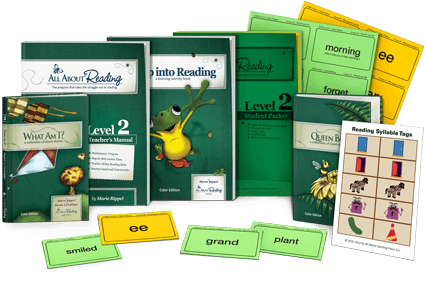
We have LOVED All About Reading Level 1, so we plan to continue with Level 2. From the games to the fluency sheets to the clever readers, I feel like it was made for my daughter’s learning style. She loved talking about the vocabulary words before we read a book. When I pull out any school work, there is a groan (“There are words to read!?”).
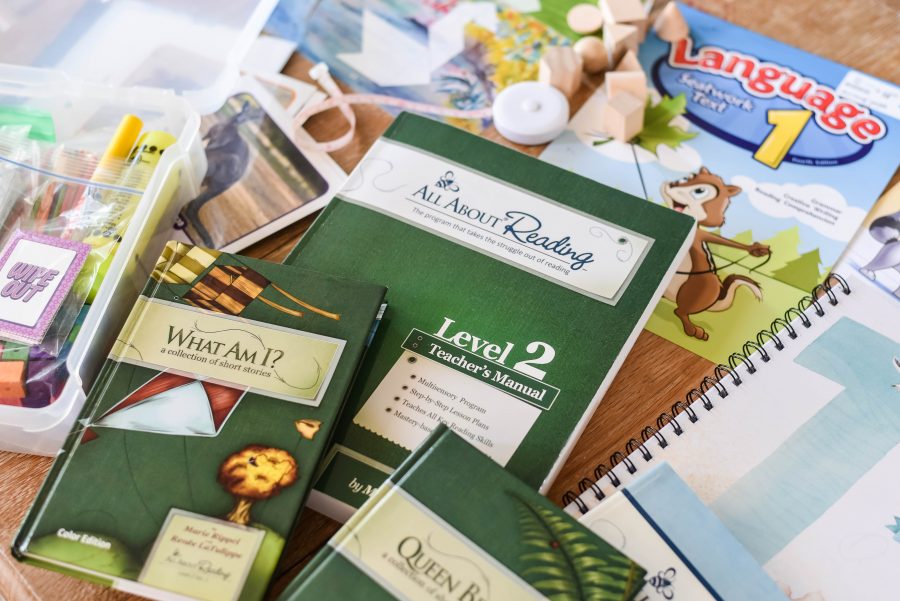
As soon as she starts playing the games, she completely forgets that she’s doing “school” and just wants to keep playing. As far as teaching style, it was a natural transition from my favorite Kindergarten reading curriculum, Teach Your Child to Read in 100 Easy Lessons.
Phonics – Abeka
I know I said previously that we were going to use The Good and the Beautiful for Language Arts, but we are actually going to move forward with Abeka Phonics. We will be using their Language 1 and Letters and Sounds Workbooks. Phonics are actually taught pretty thoroughly through All About Reading and All About Spelling (in context, which makes a world of difference for our daughter), so we will largely be using Abeka Phonics as reinforcement and extra practice.
Handwriting – Abeka Writing with Phonics
We used this program for Kindergarten and it has been working really well. Repetition makes a big difference when learning handwriting, so reviewing letters and doing a page or two each day will keep the handwriting rules fresh.
Spelling – All About Spelling Level 1
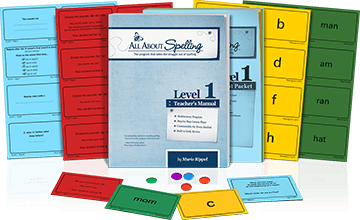
Some people may opt to wait on formal spelling instruction, but my daughter “plays at” writing all the time. She was developing some bad habits, so we started this program last year. Her spelling immediately improved – she began sounding out words and beginning to add vowels right away. We use the Letter Tiles App (which is also used in All About Reading) so it feels like an iPad game. I like that they teach reading and spelling separately so that we can take our time with spelling without holding our reading back.
Math – The Good and the Beautiful Math 1
We adored Math K from The Good and the Beautiful, so we are moving on to Math 1 this year. My daughter has learned so much through the repetition of the Daily Dose (which we did not do exactly as written, but it was still really helpful), and the variation of math games, manipulatives, stories, and worksheets. It was never the same thing twice, which kept my daughter’s interest all year long.
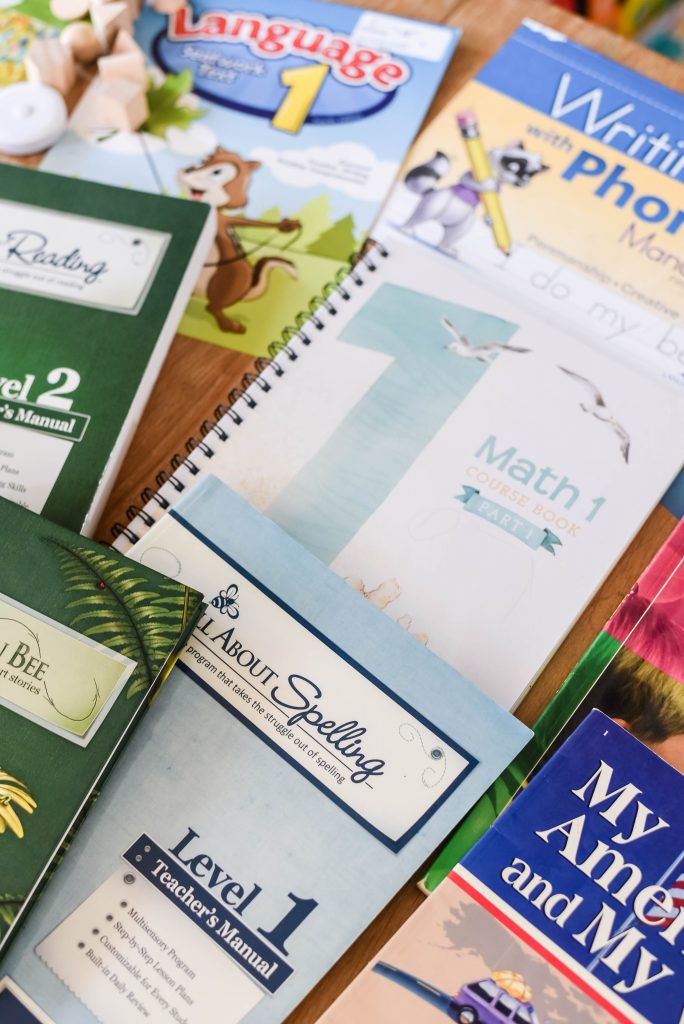
Science, History, and Health – Abeka
I’ll be honest, we do not have a heavy focus on science and history yet. At least not in our curriculum. We read a lot of books, take field trips throughout the year, and watch videos.
For example, we read several picture books about Abraham Lincoln and then visited his home in Illinois. We read books about apples, trees, and bicycles. We took walks noticing hairy caterpillars, tiny snapping turtles, the moon’s shape, and changing leaves. We watched YouTube videos of how peanut butter is made, cooking in the 18th century, and keeper chats from the zoo (since we couldn’t visit in person).
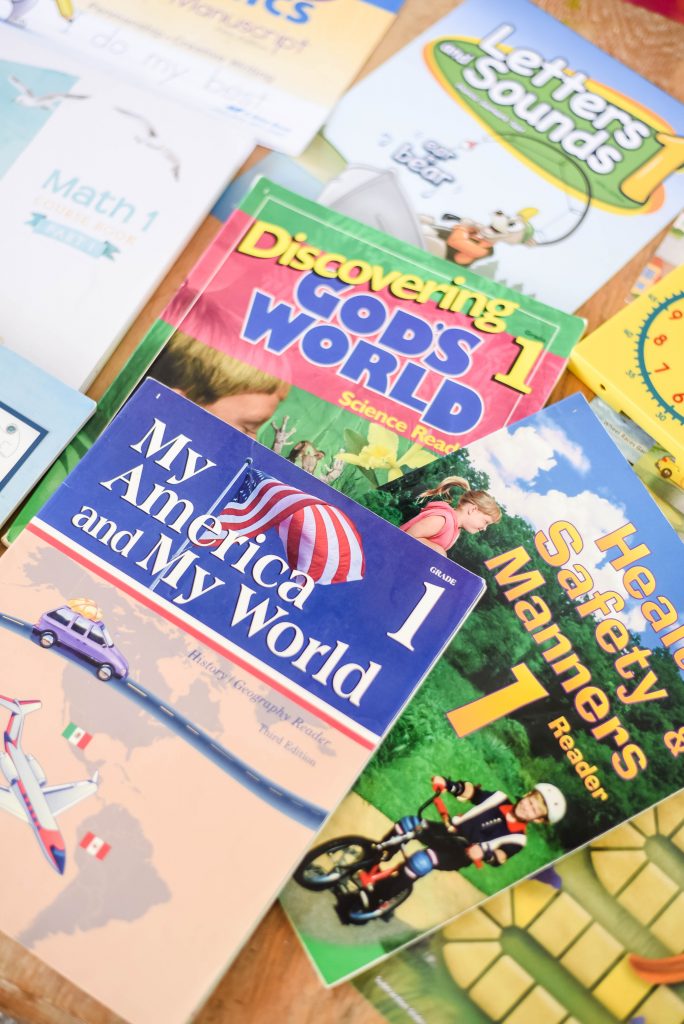
This year we will do more of the same, but we are adding Abeka’s Science, History, and Health readers as a framework. The are very quick – just read a page or two and discuss. We won’t be doing any quizzes or tests just yet.
Bible
Jesus Storybook Bible Audiobook and Coloring Pages
Most of my kids’ Bible time comes from reading the Bible with dad and talking about it each night before bed. We also do a Bible memory verse as a family after we pray for our meal.
This year, we are going to listen to an audiobook of the Bible and color on coloring pages as the kids finish their breakfast. (This will also give me time to get prepared for the day.) We are going to listen to the Jesus Storybook Bible Audiobook, which is an excellent children’s Bible that points every story to Jesus.
Bible Comes Alive by Your Story Hour
We will also listen to Bible Comes Alive from Your Story Hour. It is a radio drama of the entire Bible. It’s done very well, especially if you’re a fan of radio dramas from the 50’s. You can get them through Audible, so they’re about $15 each and each section is over 10 hours long.
Enrichment (Art History, Arts & Crafts, Poetry, Music)
These “extras” are probably my daughter’s favorite part of school. We aren’t strict about including these subjects each day. If we ever have a day when we need to get done quickly or a season where we need to be really focused, these things are typically the first to go. But whenever I can, I try to add in art, poetry, and music because they really seem to capture her attention. I have created an enrichment plan including art, poetry, Bible memory, and music to go along with our reading from the Jesus Storybook Bible. I’m planning on sharing that with you very soon, but for now these are the books we’re going to be using:
- Animals, Animals illustrated by Eric Carle
- A Child’s Treasury of Poetry edited by Mark Daniel
- A Child’s Garden of Verses by Robert Louis Stevenson (You can actually find these poems free online because they are in the public domain, but the illustrations by Gyo Fujikawa in this version are gorgeous.)
Read Alouds
I have to add a section for books we read aloud because my husband will confirm…I get a little obsessive when it comes to children’s books. When done right, they are full of beautiful characters, settings, illustrations and prose. They can fill your imagination with wonder – a far-off place or a friend you wish you could meet.
When children’s books are done poorly, they are absolutely mind-numbing. Think about watching Mary Poppins vs watching Ren and Stimpy.
We use read alouds and picture books for fun (of course), but we also use them to dive deeper into science, history, and art. So, I read and research to compile a HUGE list of books each year. We check out at least a dozen books from the library every couple of weeks. I have also picked out some anthologies from Thrift Books to keep in our collection. I would be happy to share some of our favorite read alouds and picture books in another post, but my favorite place to find recommendations are Read Aloud Revival, Timberdoodle, and Sonlight.
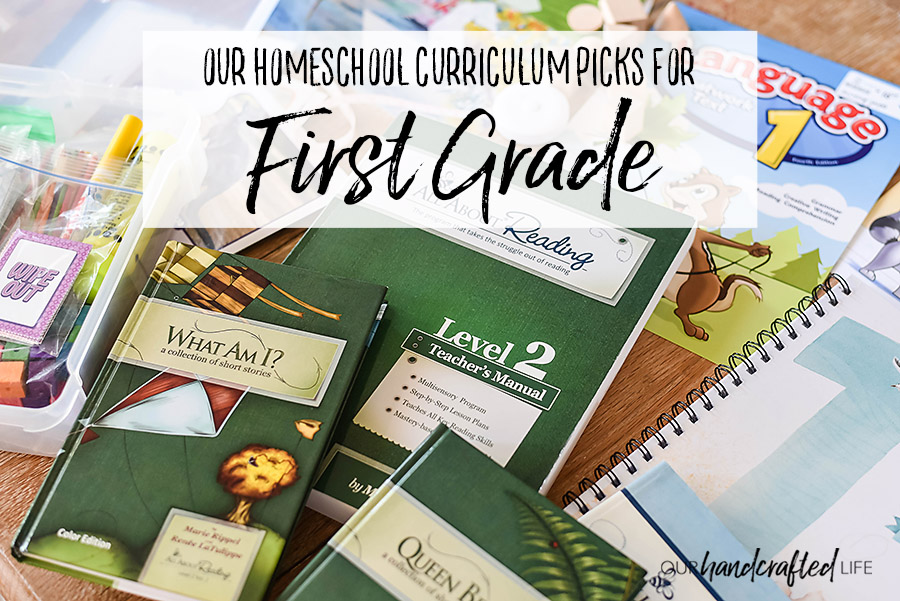
I sincerely hope that was helpful if you are trying to make some decisions about curriculum right now. Please let me know if you have any questions or if you’d like to see anything more in depth! The most important thing is to know that YOU CAN DO IT. Some days will be hard, but you will look back and cherish the time you spent together.
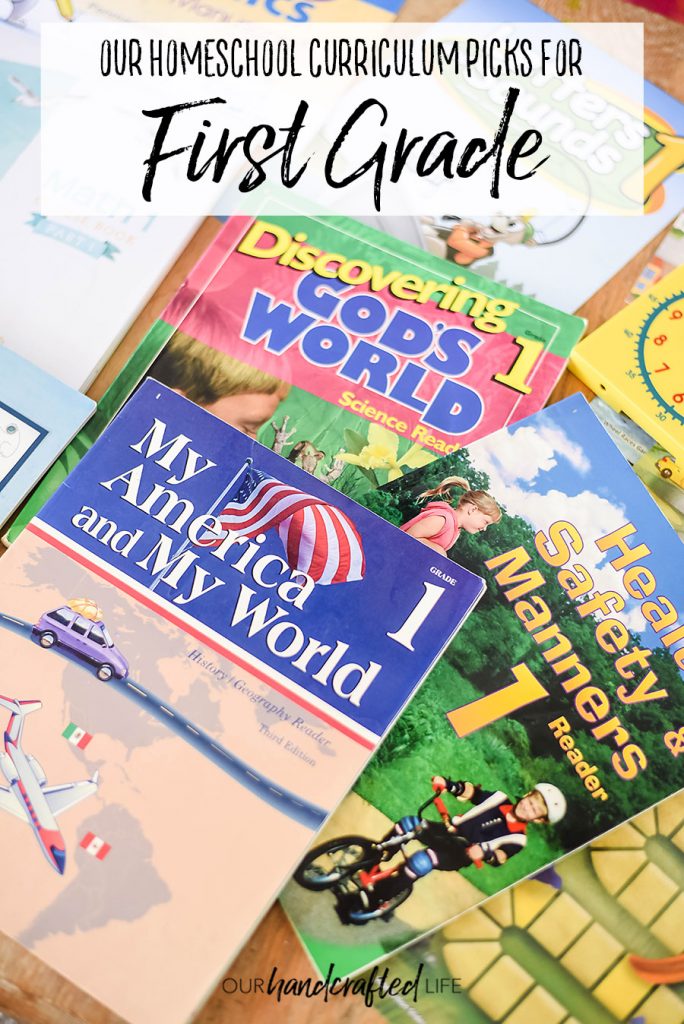


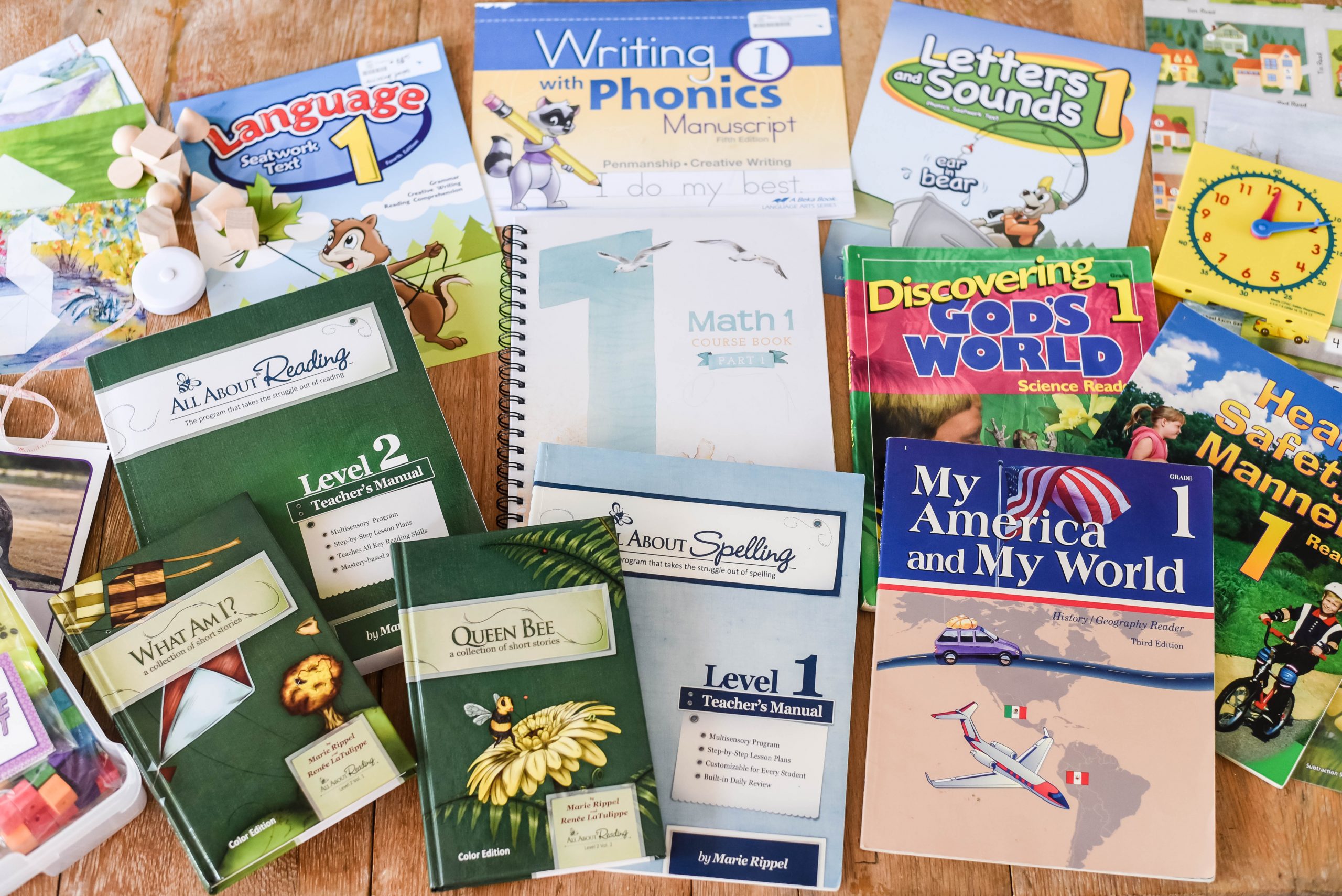
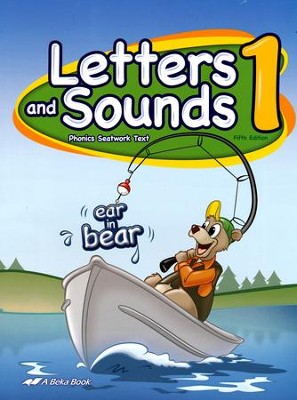
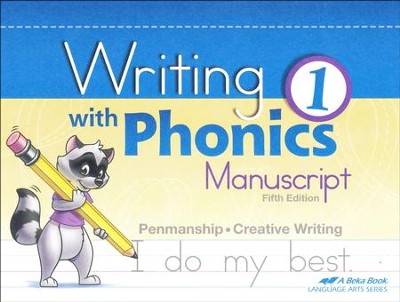
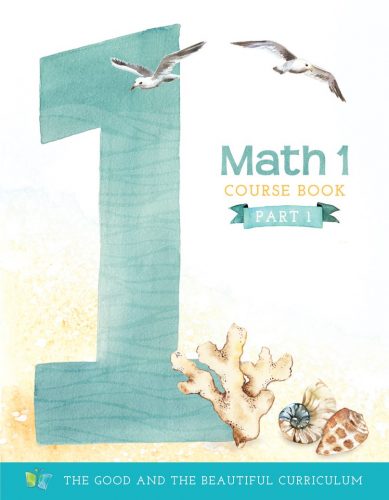
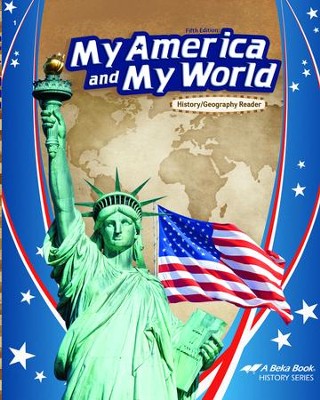

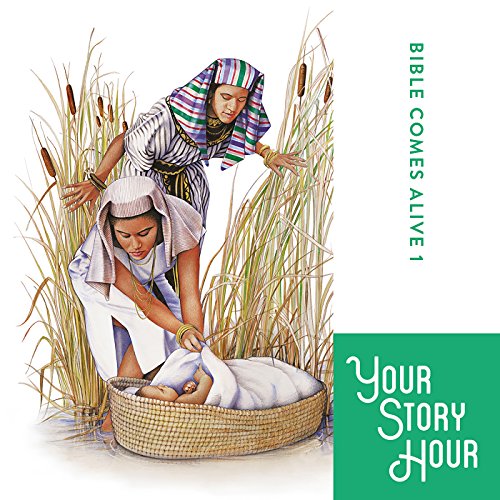
I love the thought and background you’ve put into the curriculum. I also love that you are able to allow for some flexibility and student centered focused since you are doing this at home. Thank you for sharing. Home schooling is tough for many and we can use all of the tips we can get!